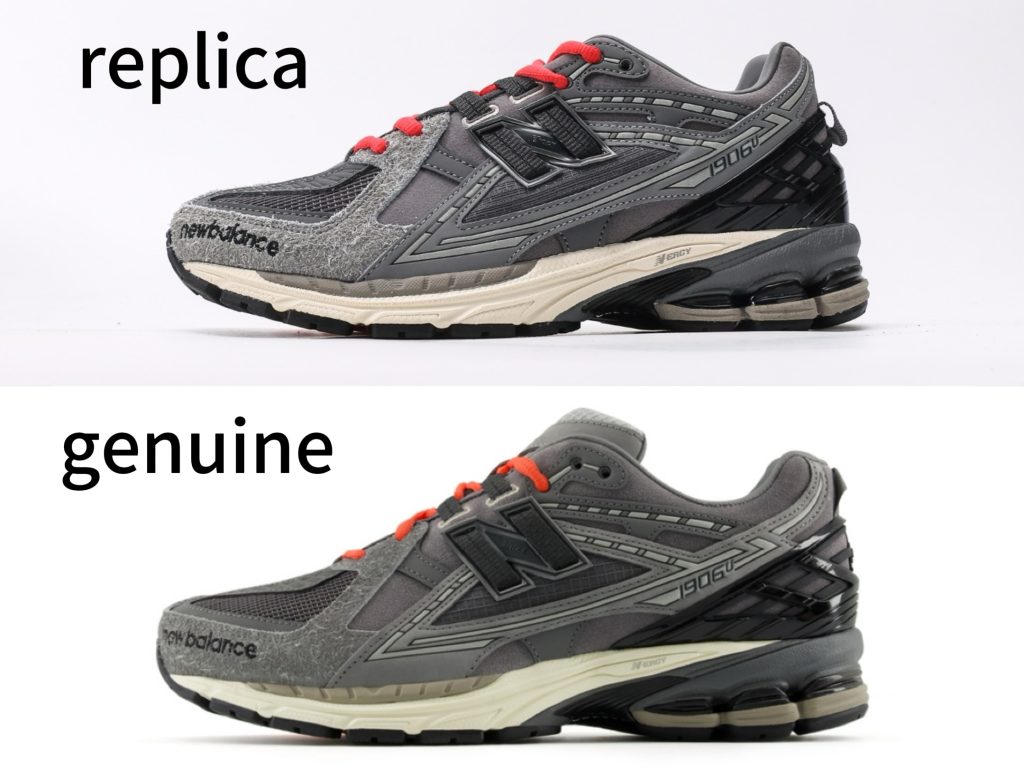Many people firmly believe that high-priced luxury goods offer superior quality compared to ordinary brands. However, this belief is increasingly being challenged by reality. The truth is: a large portion of luxury products from brands like Hermès, Gucci, and Louis Vuitton are actually manufactured by factories in countries such as China and Vietnam. Often, the materials are identical to those of mid-range brands—only the design structure and brand logo make the difference.

The Hidden World of Luxury OEM Manufacturing
The luxury OEM (Original Equipment Manufacturer) industry has been operating behind the scenes for over two decades. Take a leather belt as an example: it may cost just €50 to produce, be sold to the brand for €70, and end up on retail shelves at €750. Chinese OEM factories typically receive less than 10% of the final retail price.
More strikingly, over 80% of Prada’s production is outsourced to Chinese factories. Burberry even shut down its UK-based manufacturing plant and moved production to Shenzhen, China, where the cost of producing the same polo shirt dropped from £11 to £4.

Affordable Alternatives: A Value Revolution, Not a Downgrade
The rise of “affordable alternatives” (known in Chinese as pingti) is not a sign of consumers downgrading—it’s a value-for-money revolution. According to the 2024 China Consumer Trend Report, 57.2% of consumers prefer cost-effective alternatives when quality and function are comparable. This trend is especially strong among Gen Z and millennials.
Young consumers follow a new mantra: “I can afford luxury, but I refuse to overpay.” They are seeking fair prices for equal quality, rather than paying a premium for brand logos.

Case Study: Fear of God Essentials and Its Affordable Counterparts
Take Fear of God Essentials (FOG Essentials) as an example. Its Heather Grey t-shirt is loved for its minimalist design and often sells out on its official website. However, high-quality replicas produced in China offer 99.99% of the material and packaging quality at 50% of the price. These versions have become hot sellers among savvy consumers.
This phenomenon is not limited to fashion. In the beauty industry, anti-aging products from international luxury brands that sell for over ¥1000 are being effectively replaced by domestic brands with similar ingredients for just ¥300.
The Shift from Brand Worship to Value-Based Consumption
Consumers are peeling away the aura of luxury branding and turning to value-based consumption—they are willing to pay for design aesthetics and practical quality, but not for inflated logo premiums.
While luxury brands continue to play the game of “Made in China, Designed in Italy”, the culture of affordable alternatives is exposing the reality of the supply chain. This marks the beginning of a new era of rational, informed consumption.
Evolution of Luxury Consumption
Brand Worship Era: Consumers pursued luxury brands primarily for status, logo visibility, and exclusivity. Price was seen as a symbol of prestige.
Global Expansion: Luxury brands expanded aggressively into emerging markets. “Made in Italy” labels masked globalized production chains.
Awareness & Transparency: Consumers began to question price vs. value. Reports of OEM manufacturing in China and Vietnam revealed how little production cost contributed to retail prices.
Rise of Affordable Alternatives: High-quality local brands and “平替” (value alternatives) gained popularity among younger consumers seeking rational, quality-driven decisions.
Value-Driven Consumption: Consumers now prioritize design, materials, and functionality over logos. Rational consumption is seen as modern and empowered.